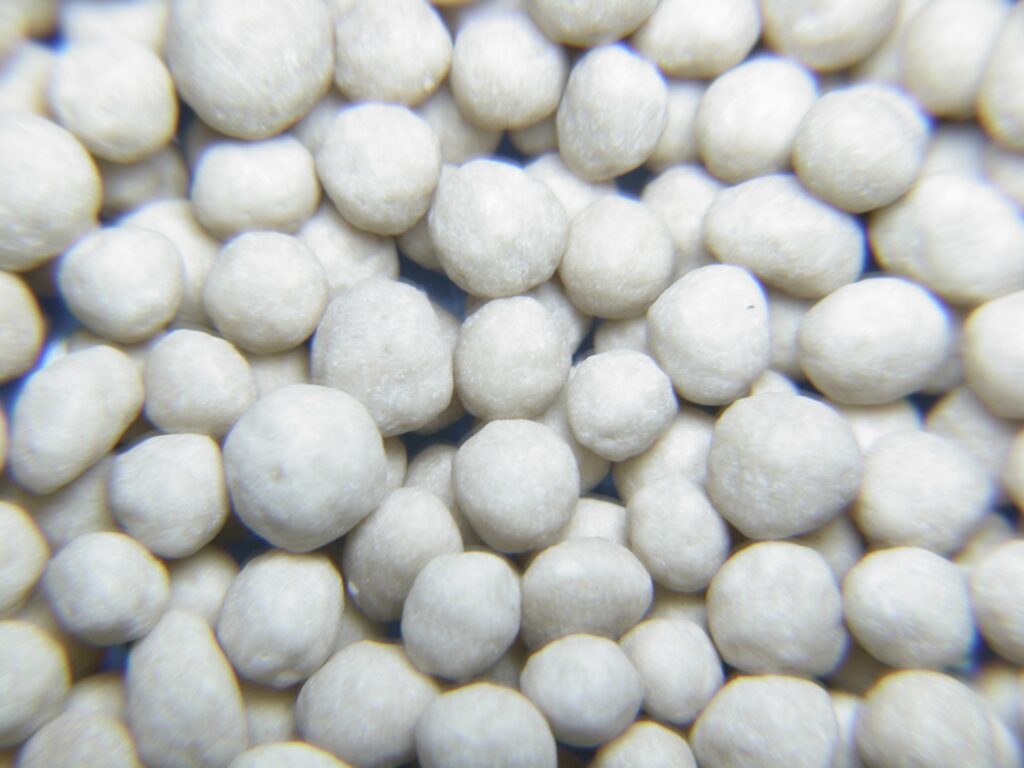Rising fertiliser prices has been one of the main topics of conversation in farming circles for months now, with the cost of inputs impacting of farm enterprises.
On February 22, 2021, Trading View quoted gas at $5.55 per MMBtu. This week (December 6) it was quoted five times higher at $29.62 per MMBtu.
Fertiliser production is hugely reliant on natural gas and accounts for approximately 80% of the cost of ammonia, a key ingredient for calcium ammonium nitrate (CAN) and urea fertilisers.
According to the Fertilizer Association of Ireland, Europe – which produces over 70% of the 15.6 million tonnes of CAN produced globally – is heavily reliant on imports of natural gas which has driven the price of CAN to the highs we have seen in recent months.

Fertiliser market
N-P-K compound fertiliser prices are also at unprecedented levels on the back of strong muriate of potash (MOP) prices and reduced supply of di-ammonium phosphate (DAP) and mono-ammonium phosphate (MAP), according to the association.
High MOP prices have partly been driven by political issues in Belarus which has resulted in some countries imposing sanctions against the import of potash from that country.
Belarus accounts for 20% of the global 70.6 million tonnes of potash production.
Exports of urea, DAP and MAP from China ceased on October 15 in an effort by that country to protect supplies for their own domestic market, according to the fertiliser association.
With gas price and political issues outside farmers’ control, the Irish Fertilizer Association said that it is important to look at the elements farmers can control for the coming fertiliser usage season.
Soil sampling
During December and January, the association has said that it is advisable to soil sample your farm to find out what nutrients your land needs.
The soil tests will identify the soil pH, phosphorus (P) and potassium (K) levels in each field. Create a nutrient management plan based on your soil results to guide organic manure applications and the fertiliser needs for the year ahead.
Farmers are also advised to apply lime where required according to the rates recommended by the soil test.
Where soils are acidic (pH 5.5), it can result in a loss of up to 3t of dry matter (DM)/ha or €543 in monetary terms (€181 per tonne DM x 3 = €543) on grassland farms due to only 77% of the nitrogen being utilised along with 48% of phosphorous and 77% of potash.
Targeting slurry and organic manure use
The fertiliser association added that farmers can increase the efficiency of slurry application by more than 50% using a trailing shoe instead of a splash plate.

1,000 gallons of cattle slurry provides nine units of N/ac versus six units of N/ac when using the traditional splash plate.
Cool, damp conditions are best for applying slurry. Applying slurry in spring compared to summer increases the nitrogen availability by an additional 50%.
The P and K value of cattle slurry is similar regardless of the method of application and accounts, on average, for five units of P and 32 units of K in cattle slurry.
Slurry and other organic manure applications should be targeted towards fields with lower soil P and K levels and high P and K requirements (silage fields) in order to maximise these nutrients.
Including sulphur
A 10-30% yield increase can be achieved when using a nitrogen plus sulphur fertiliser, compared to a nitrogen only fertiliser which has the same N content.
This equates to over 500kg DM/ha on a first cut silage crop. For grazed swards, apply 20kg/ha or 16 units/ac of sulphur per year on a ‘little and often’ basis starting in early spring.
For silage swards, apply 20 kg/ha or 16 units/ac of sulphur per cut.
Fertiliser calculator
The Fertilizer Association of Ireland has developed a P and K calculator in conjunction with Teagasc and K and S UK & Eire Ltd.
The calculator estimates P and K fertiliser requirements for grassland and crops. By inputting details of crop yield, grassland stocking rate, concentrate feed usage, soil test results, and slurry application, the calculator estimates chemical fertiliser P and K requirements.
The association said that it is difficult to say how long these high energy prices and sanctions on Belarus will last, so “it is important to assess all the elements within our control. By doing this, we increase our nutrient use efficiency which is good for both our pocket and the environment”.
